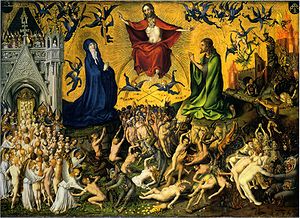 |
| Native American Tobacco Flower |
The latest warning against smoking has not come from the United States Surgeon General. It has instead come from the Narcotic Drug and Law Enforcement Unit of Bhutan.
According to Reuters, that is because the “tiny Himalayan kingdom of Bhutan” is determined to be the world’s first smoke-free country. This specifically pertains to smoking in public; smoking in private is still permitted. However, it has become harder and harder to legally obtain tobacco products.
Bhutan’s anti-smoking law first went into effect in 2005, allegedly because “smoking is considered bad for one's karma.” Because this law was largely ignored, the government then upped the enforcement ante. The recent first casualty of this reinvigorated anti-smoking crusade is (ironically, but perhaps not coincidentally)
a Buddhist monk.
This student (name being withheld) at a centuries-old monastery brought along 72 packets of chewing tobacco (which he claimed was for personal use only) when he crossed the border from India to Bhutan. This young man can therefore now be charged with the “smuggling of controlled substances” - a fourth degree felony that can entail up to five years in prison.
Even more ironic is that this is occurring at about the same time as the Iroquois Midwinter Ceremonies in
North America. Pure tobacco has never lost its sacred status as far as the Iroquois (and many other Native
American tribes such as the Cree and Ojibway) are concerned. For them, natural tobacco signifies the
very best of karma. According to Wikipedia, it is considered by many shamans to be “a gift from the
Creator” that carries “ones thoughts and prayers to heaven” along with its smoke.
The bad karma occurs, as it is said to in Bhutan, when the tobacco is used addictively rather than respectfully. Many Canadian Algonquians believe that people who abuse the tobacco plant will in turn be abused by the tobacco plant (which can be far worse than prison, as the U.S. Surgeon General has often warned).
Resources
http://www.reuters.com/article/2011/01/28/us-bhutan-smoking-odd-idUSTRE70R6XK20110128
http://en.wikipedia.org/wiki/History_of_tobacco
http://www.gather.com/viewArticle.action?articleId=281474976748664
Copyright 2011 by Linda Van Slyke All Rights Reserved












